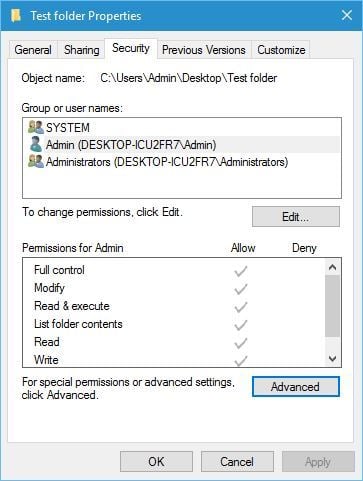
Close Registry Editor and find the exported registry key.Then open the File Menu and click Unload Hive -> Yes.


If you don’t have the ownership of that folder, select Advanced button. Here you should see what users are allowed to manage the folder.Open Security tab and find Group or User name section.Right-click on the problematic folder and select Properties.Nevertheless, if only one or several problematic folders can’t be renamed, we would recommend you to perform the following steps: In case you can’t rename any folder on the system, the ownership is not very likely to be the culprit. However, if your PC has several User Accounts, the ability to change particular folders may be assigned to the User Account with administrator privileges.

This problem is not very likely to occur on a computer with a single User Account. Therefore, if you cannot rename folders, there is something you can do to fix that. Consequently, the desktop and other locations may turn into a real mess. This seemingly negligible bug may become a serious headache because you will no longer be able to manage folders.

While a part of Windows 10 users cannot rename New folders or sub-folders only, the others cannot change names for any folders placed in any location of the system. Apparently, unable to rename folders is an ongoing issue, which hasn’t been solved yet. To repair damaged system, you have to purchase the licensed version of Reimage Reimage.ĭid you receive “Can’t find the specified file” or “The file or folder does not exist” error when trying to rename a folder? Or maybe when you right-click on a random folder, the Rename function from a drop down menu simply does not respond? While most of the PC users reported about this problem after the installation of Windows 10 or its updates, it has also been registered on Windows 8.1 where people were not allowed to rename folders via Explorer.


 0 kommentar(er)
0 kommentar(er)
